Can you decode these 6 badges?
A few weeks ago, we published an article that placed you, the reader, in a hypothetical traffic jam. All around you were cars from various eras and manufacturers, sporting badges with confusing or unknown meanings.
The mix of letters and numbers clinging to trunk lids and fenders with double-sided tape are a kind of a secret language that’s always satisfying to decode. More often than not, once we’re out of the car, or the mystifying acronym is out of site, we forget to search online for the solutions to these little puzzles.
So we decided to save you the time and give you the rundown on six more badges you might encounter in the wild.
Check them out!
COPO

If you know, you know that Chevrolet’s Central Office Production Order (COPO) system gave dealers the means to get cars from the assembly line that the company didn’t publicize or specify on its order forms. The system was initially meant for ordering fleet vehicles, but of course it was also manipulated to build hot rods.
The ZL1 code, for example, was what an aspiring racer needed on their order form to get the all-aluminum 427 big-block that was originally designed for Corvette race cars … but the engine shortly found a home in Camaros. ZL1, by the way, was never an official Chevrolet designation until 2012, when it became a trim on the baddest track-focused Camaro in the lineup.
VTEC

Engines are tuned for the jobs they need to perform. That could mean low-rpm response for pleasant city driving, high-rev shove for a track-slaying sports car, or stump-pulling torque for a work truck. But what if you need an engine to respond to a variety of situations?
Honda’s solution: VTEC.
The four letters stand for Variable Valve Timing & Lift Electronic Control System. The tech can be traced to the 1984 New Concept Engine program, and it became a staple of Honda engines in the 1990s.
Utilizing two camshaft profiles and a valve lifter that is only actuated during high-rpm use, VTEC engines functionally have two cam profiles that can be tailored individually for optimal performance across different rev ranges.

These days nearly every manufacturer employs some version of variable valve or lift timing, and even big V-8 engines like Chevy’s small-block can run on four cylinders to save fuel. Some variable setups have better reputations than others, but none has the following or associated lore of Honda’s VTEC, which young tuners to this day respect.
SH-AWD
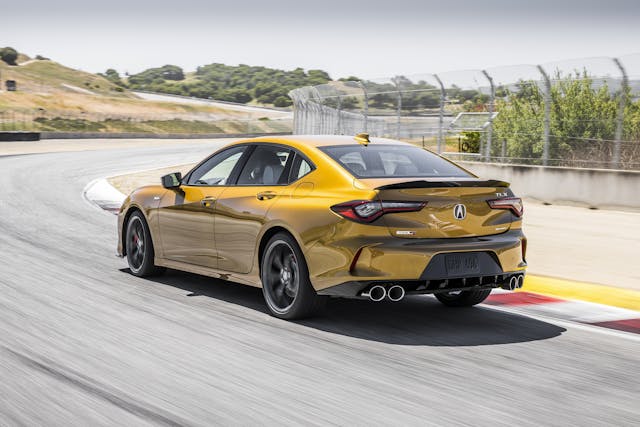
2005 doesn’t sound like it was so long ago, but check your calendar. It’s been eighteen years!
The automotive landscape in the mid-aughts was radically different than today’s. All-wheel drive was just starting to become common in mainstream cars, and Acura was on the forefront of developing new technology to compete with that of longtime experts Subaru and Audi.
Short for Super Handling All Wheel Drive, SH-AWD doesn’t earn Acura any points for naming creativity. But the Japanese brand should be credited for designing one of the first all-wheel-drive systems with true torque-vectoring capability.

Technically an evolution of the VTM-4 (Variable Torque Management four-wheel drive) system that debuted in 2001, Acura’s SH-AWD can send up to 70 percent of engine torque to the rear wheels and actively distribute up to 100 percent of that torque to a single left or right wheel to aid handling and traction.
SH-AWD is still in use today, in everything from the MDX family hauler to the show-stopping NSX supercar.
SHO
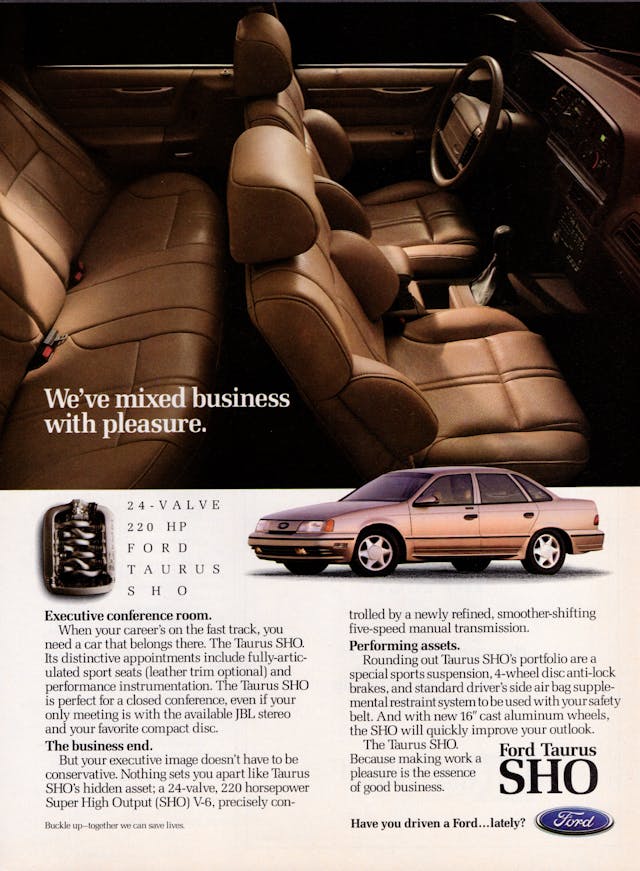
Ford gave birth to a beast when it shortened Super High Output to SHO and stuck the badge on the back of the Taurus for 1989. Luckily, the Yamaha-built, 220-horsepower V-6 backed up the bold name, along with a sport suspension, upgraded brakes, and cast-aluminum wheels.
The SHO was supposed to only last a few years, but after selling 15,519 Taurus SHOs in the very first year—at a hefty price of $19,739 (equal to about $45,840 today)—it proved a special model worth keeping around.
The first-generation cars (1989–91) have already achieved collector-vehicle status. Ford even brought the moniker back for the 2010 model year until it died with the Taurus in 2019. With Ford now using its Focus-famous ST badge on sportier SUVs these days, could SHO be gone forever?
STI

Short for Subaru Tecnica International, this group was created in 1988 to develop a worldwide image of competitive motorsports associated with the Subaru brand. (No, we didn’t leave out the “h” in Tecnica. That’s how Subaru wants it spelled.) The abbreviation quickly became synonymous with the highest-performance cars Subie sold, and these cars made their mark on rally stages around the world.
Early STi cars were Legacy-based, but the platform swapped to the Impreza’s in 1992 and ultimately took the form of the 1994 Impreza WRX STI, which sadly didn’t make it to U.S. shores for sale until the 2004 model year. If turbocharged boxer engines shoved into rally-infused four-doors are your thing, the STI is your flavor of fun.
Though early examples are now bonafide collector cars, Subaru made the strange choice of discontinuing the STI (all caps, as of 2006) for this latest iteration of the WRX.
RFVC
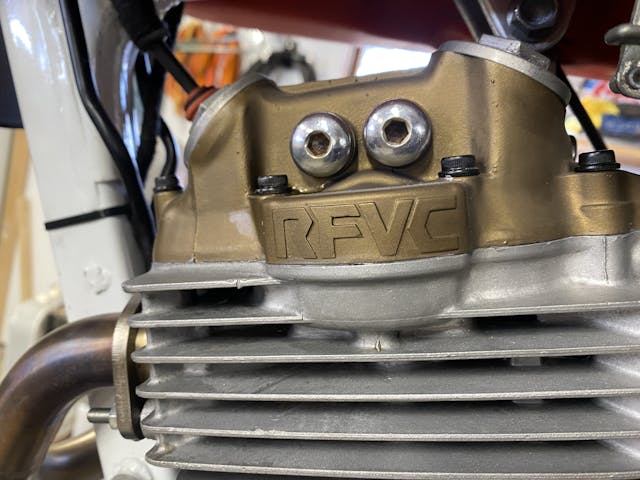
Back to Honda-land, but this time we are talking two wheels … and a badge that is literally cast into parts rather than stuck on to a body panel.
The Radial Four Valve (combustion) Chamber is a complicated way of saying “hemispherical cylinder head,” but it did keep Chrysler’s patent lawyers off everyone’s back.

In an effort to improve airflow, the four valves that control air and fuel flow through the cylinder were canted outward slightly, making a shallow dome with its apex at the spark plug.
Honda wasn’t the first to develop this design and was arguably late to implement it when the new-for-1984 XR-series bikes hit the market. However, like so many other manufacturers, Honda was keen to highlight the technology as a bragging point in marketing efforts. This design is widespread across a variety of modern engines, but it’s the Hemi crowd that still toots its horn the loudest.
For its part, the RFVC casting can still be found on the Honda XR650L, which has remained virtually unchanged since 1993.
***
Check out the Hagerty Media homepage so you don’t miss a single story, or better yet, bookmark it. To get our best stories delivered right to your inbox, subscribe to our newsletters.
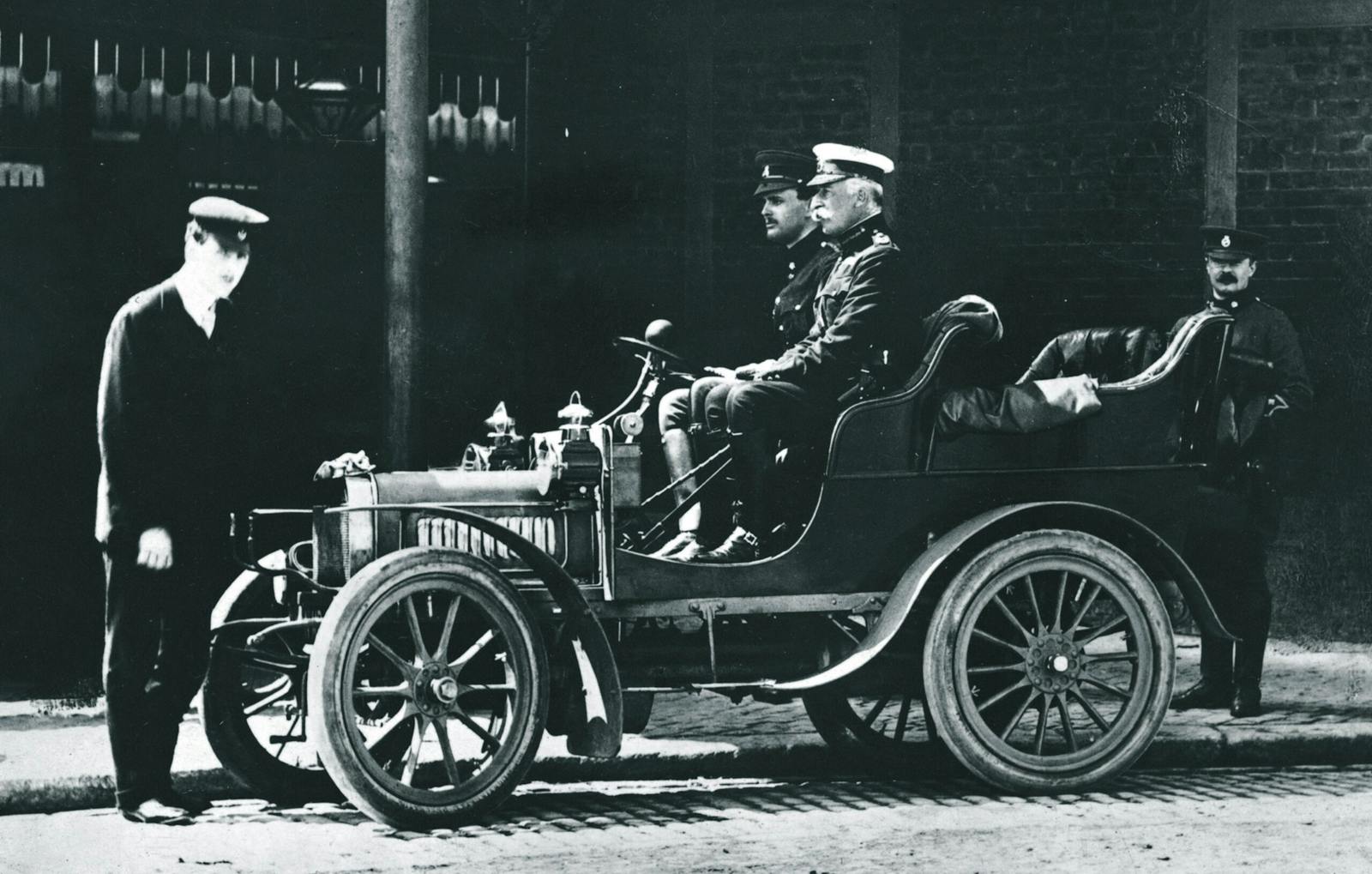
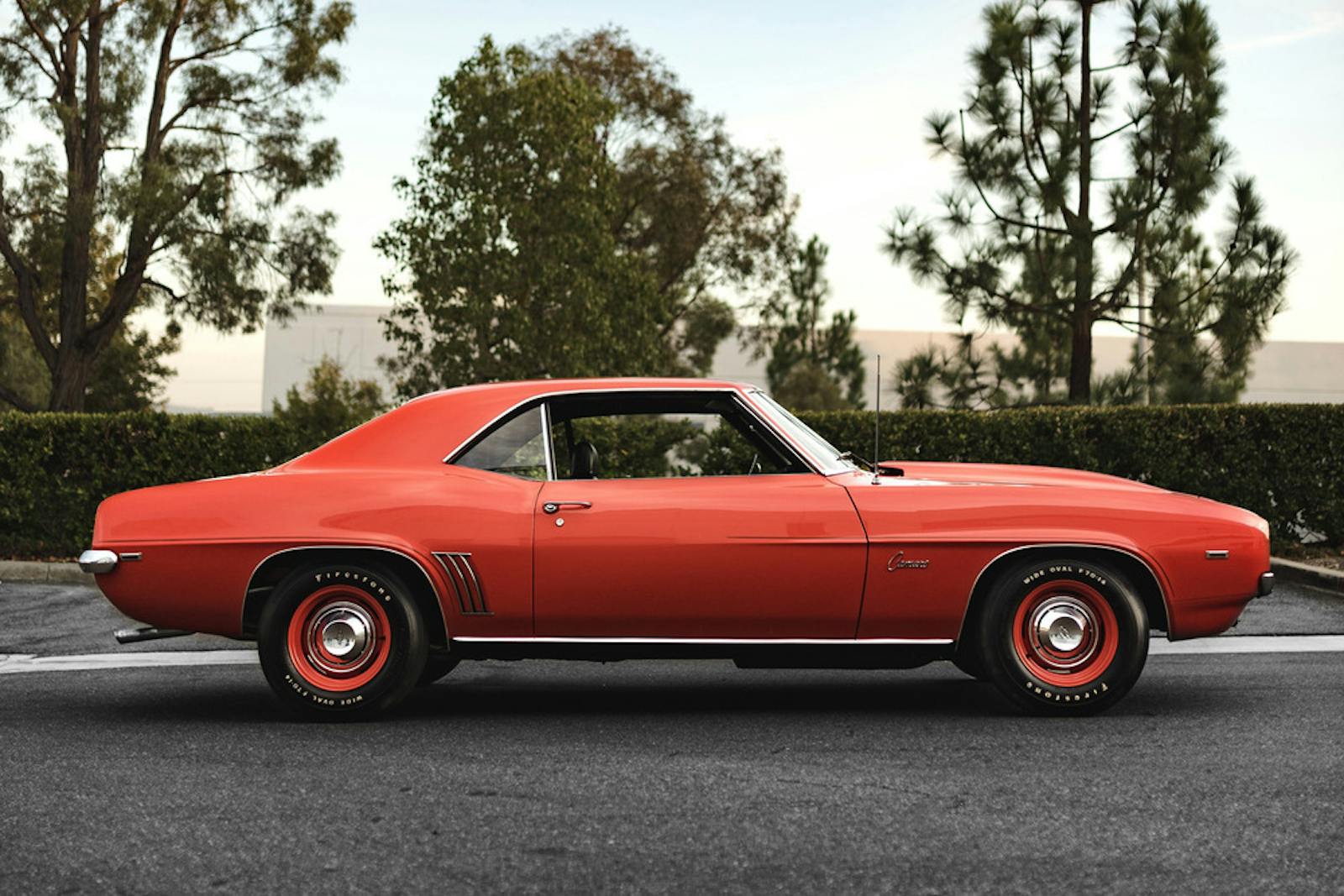
Toyota TRD’s rock boys, plenty of power for a rice burner.
That “TRD” moniker was a bit of an image mistake by Toyota.
Not an acronym. — back in the one platform MOPAR days, they offered a “600” model with an SE trim, easily became GOOSE.
My first new car was a ’70 Fiat 124 Sport Coupe which didn’t sport the POS badge, but it was. I replaced it with a ’72 Datsun 240Z and was never happier (automotively speaking of course)
Then there was KIA. Killed In Action? That poor car, all we have left is the memories. 😂
How about the RAM SLT. I think I may have dated her back in the day.
Wasn’t Toyota going to use “Toyota Universal Racing Development”, but didn’t like the abbreviation………
RFVC was the only one I was not familiar with but I am way less into motorcycle stuff.
I always get a kick out of Toyota’s SR-5 designation that you see on a lot of their SUV’s and pickups. When you understand that 95% of them come with automatic transmissions only to have SR-5 slapped on their hiney, when SR-5 stands for Single Rail 5 Speed. This is the internal shifting mechanism of their 5 speed manual transmission. How sexy is that?!?
Here are some more:
IROC = International Race of Champions
GTA = Gran Turismo Americana (Roughly Grand Tourist American)
GTO = Gran Turismo Omologato. (roughly Grand Tourist Approved)
I know the magazine ad shown in the article shows the SHO specified as “Super High Output”, but when the dealers were trained on servicing these vehicles, we were told it signified “Specific High Output”
The early Honda Civics had CVCC in the upgraded 5 speeds , I think it meant Centre Valve Combustion Cylinder . Not sure and don’t know what it actually did .